Home Blogs Superchip XPD913 Chip Impact o...
Superchip XPD913 Chip Impact on Device Production Costs
2025/07/16 14:56:41
41
The Superchip XPD913 chip affects the production cost of the device in a number of ways, as follows:
Hardware cost
- Reduce the number of peripheral components: XPD913 chip is highly integrated with a variety of functions, such as synchronous step-down function, power MOS tubes, etc., which makes it unnecessary to add a large number of external components to realize these functions when designing circuits, thus directly reducing the purchase cost of peripheral components.
- Reduced interface costs: The chip is adapted to the 2A1C interface configuration, which can meet the charging needs of a variety of devices, compared with the use of multiple different types of interface chips, greatly reducing the interface-related hardware costs.
- Saving board space cost: The QFN32 5x5 package is small and compact, which can reduce the size of the board when designing the board, lowering the cost of raw materials for the board as well as the cost of manufacturing the board, and also help reduce the overall size of the product, which can indirectly reduce the cost of the product casing and other related components in some devices with high space requirements.
R&D Costs
- Shorten the R&D cycle: XPD913 chip is powerful and has good compatibility and stability, engineers can reduce a lot of debugging and verification work when using the chip for product design, and can complete the product development and design faster, thus shortening the R&D cycle and reducing the cost of manpower and time in the R&D process.
- Reduce the technical threshold: its built-in multiple functions and support for mainstream fast-charging protocols, so that R & D personnel do not need to study the complex fast-charging protocols and power control technology, reducing the requirements for the professional and technical level of R & D personnel, which reduces the cost of technical training and the introduction of talent.
Production efficiency and inventory costs
- Improve production efficiency: The chip supports multi-port working mode and intelligent charging protocol recognition, and can automatically adjust the output voltage and current, which can reduce manual intervention and production processes during the production process, improve production efficiency and reduce the production cost per unit of product.
- Reduced inventory pressure: Since the XPD913 chip can support charging of a variety of low-current devices, by using a single controller chip to meet the charging needs of different devices, it reduces the need for different types of charging chips in the inventory of the enterprise, and reduces the cost of inventory management and the risk of inventory backlog.
After-sales and quality costs
- Improve the stability of product quality. The chip has a variety of protection mechanisms, such as input over-voltage, under-voltage protection, output over-voltage, over-current protection, short-circuit protection, and over-temperature protection, etc. It also has an NTC function for monitoring the chip temperature. These protection mechanisms can effectively prevent the chip from being damaged under abnormal conditions, improve product reliability and stability, and reduce after-sales maintenance and returns due to product quality problems.
- Reducing after-sales maintenance costs: Its online upgrade function allows the product to be easily upgraded with software and function optimization after sale, reducing the possibility of recall or large-scale maintenance due to insufficient or defective functions of the product, and further reducing after-sales maintenance costs.
Statement: This article is reproduced for the purpose of passing on more
information.
Please contact us if the source is mislabeled or violates your legal rights.
We will promptly correct and delete, thank you.
Share this post
 New Posts
New Posts
Texas Instruments
800mA 60dB@(1kHz) Ad...
Texas Instruments
5V ±0.5% 2V~12V 5mA ...
JOULWATT Semiconductor
Step-down type SOT-2...
UMW Semiconductor
SOT-23(TO-236) MOS...
Infineon
40V 90A 1.4mΩ@10V,90...
Infineon
100V 43A 71W 18mΩ@33...
Murata
100V 1uF X7R ±10% 12...
Texas Instruments
28V 锂离子/Polymer 1~6 ...
Texas Instruments
100pA null 5.5kHz VS...





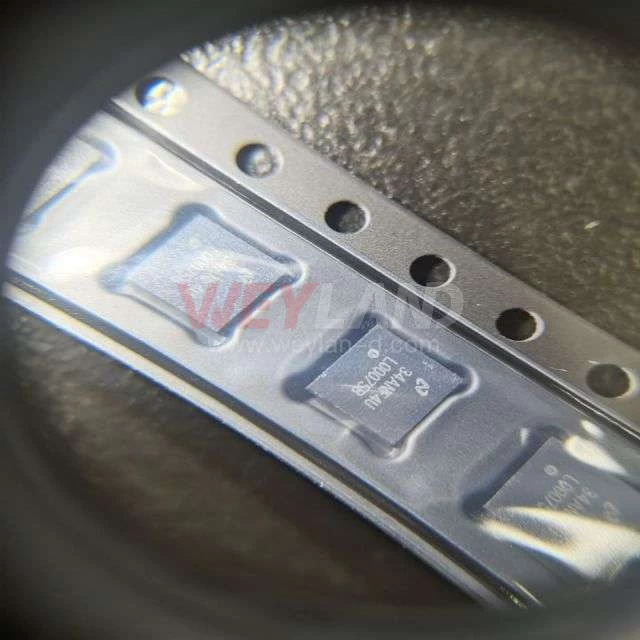
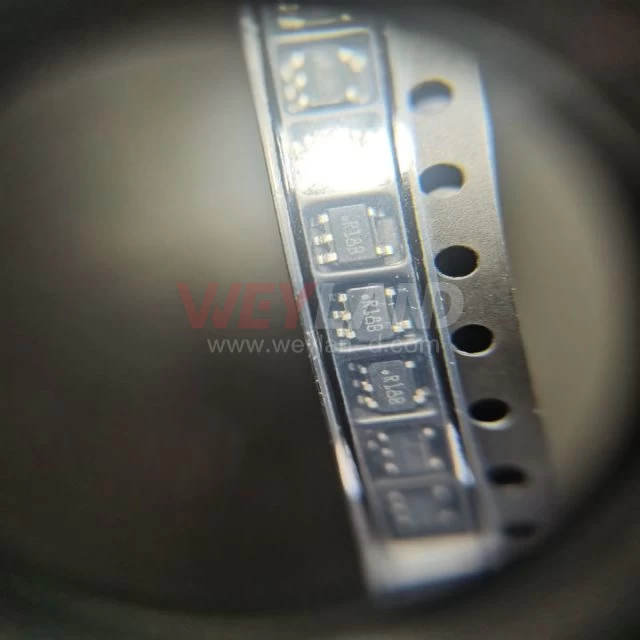
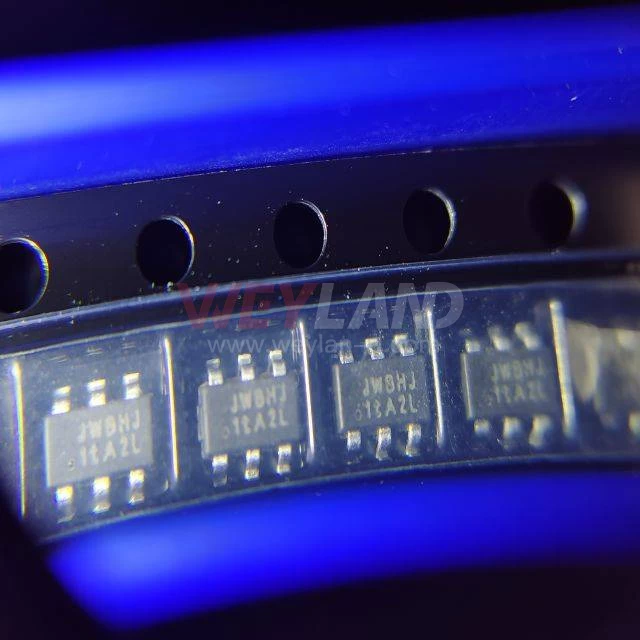
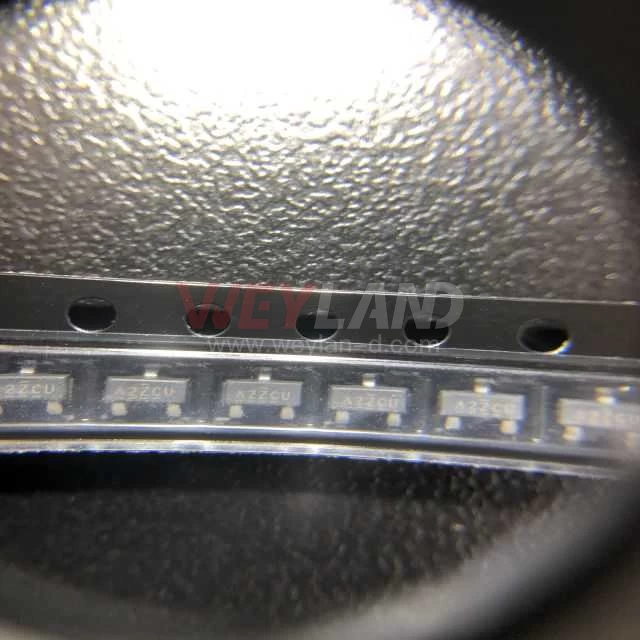
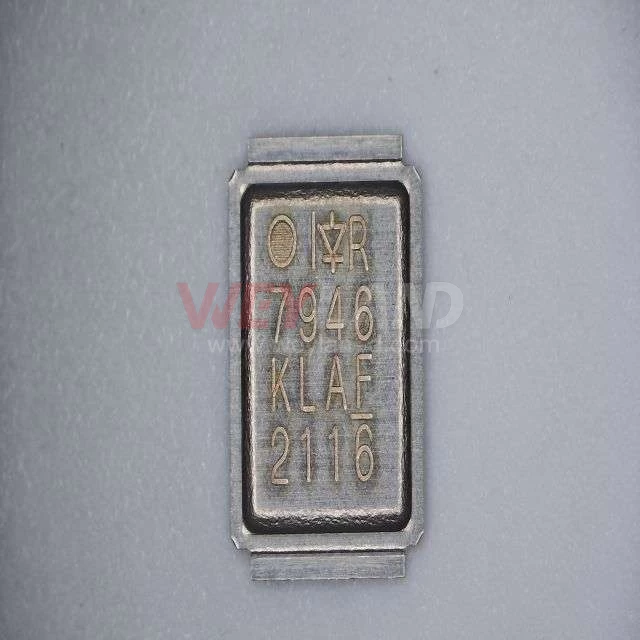
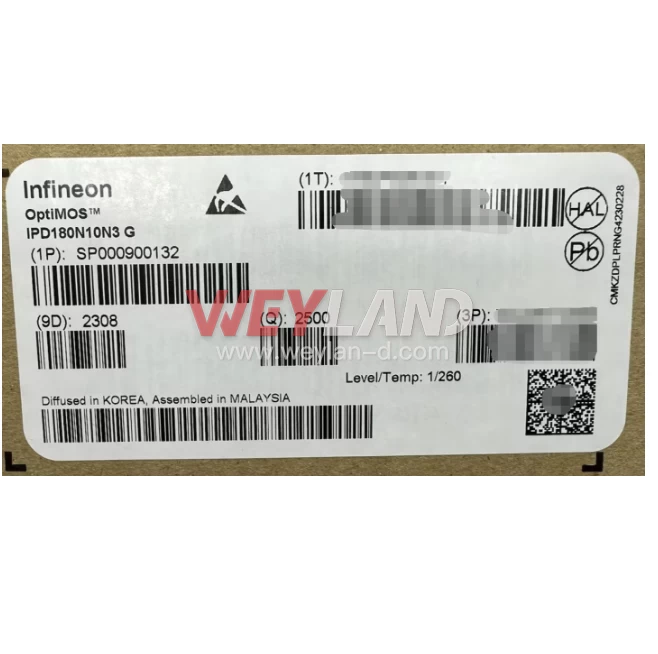
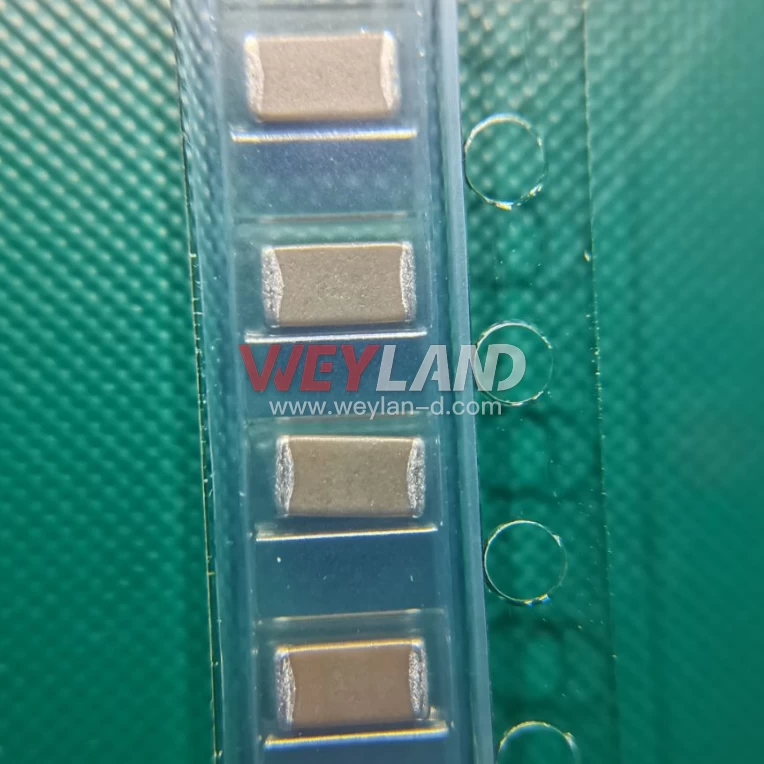
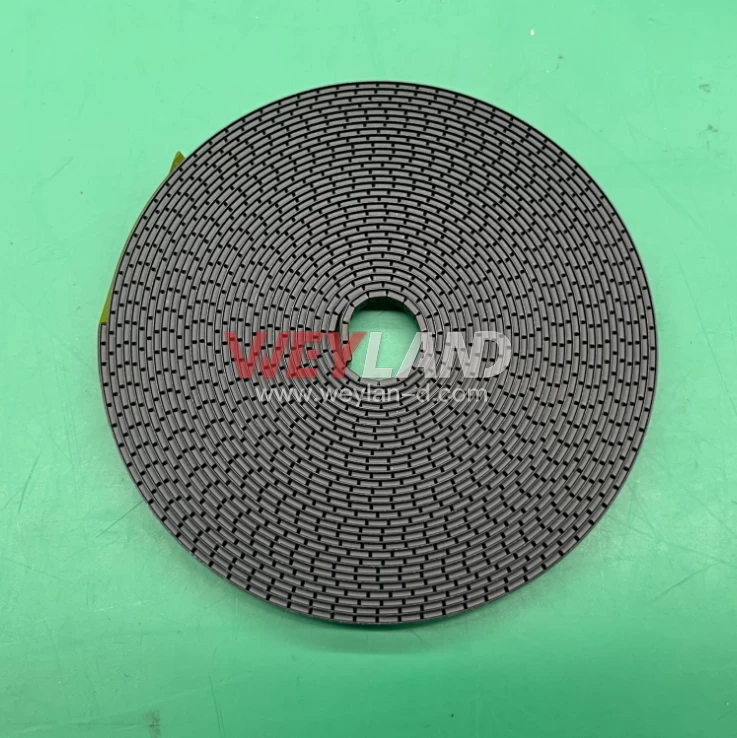
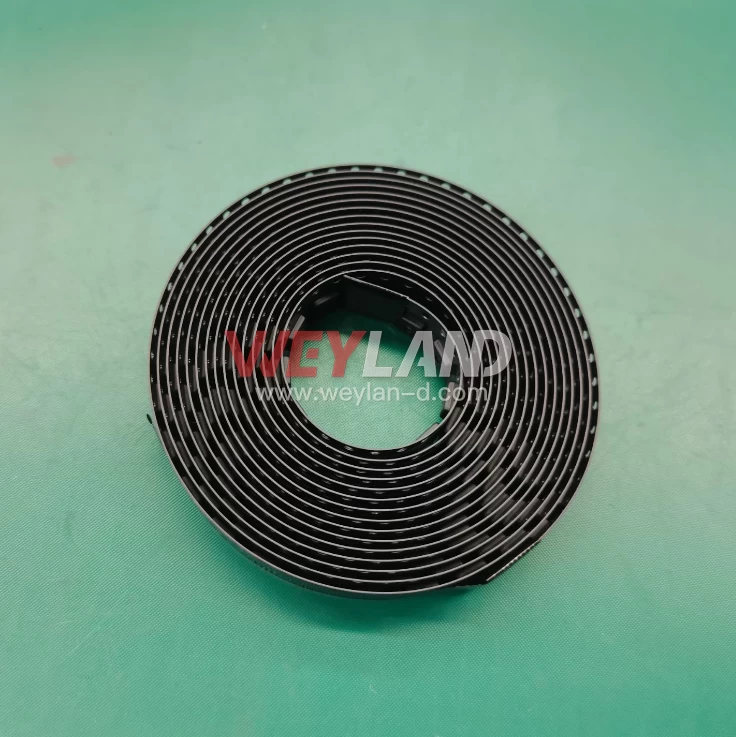

.9246509.png)












